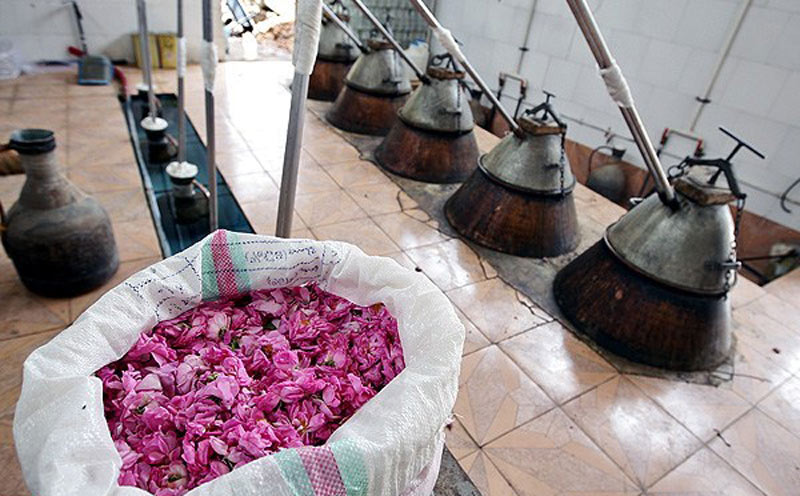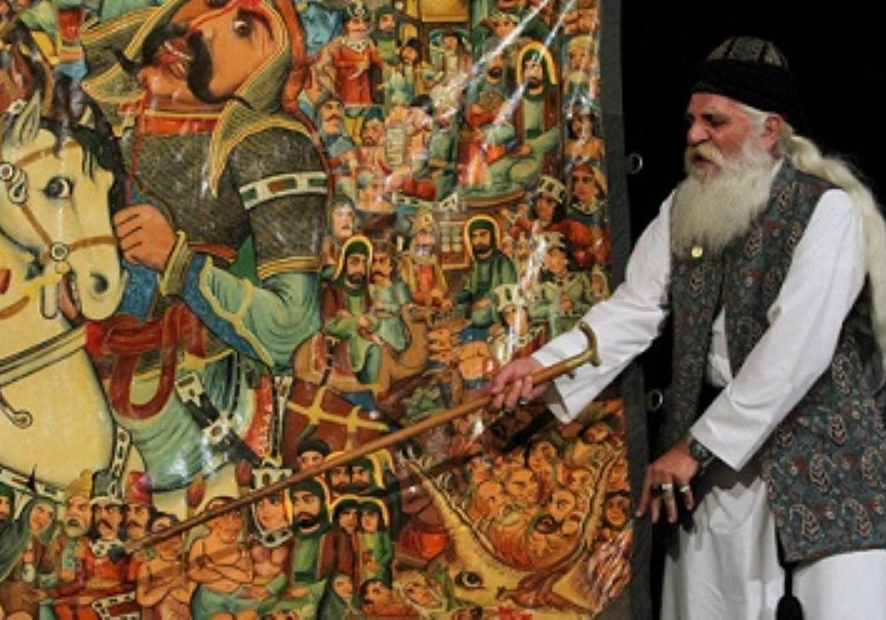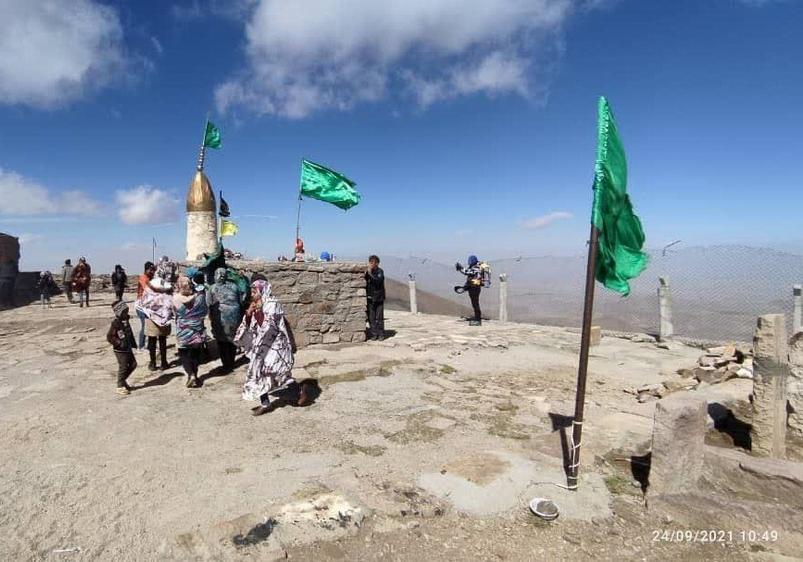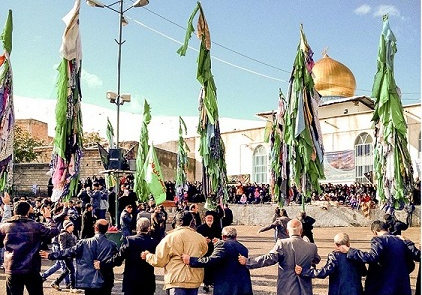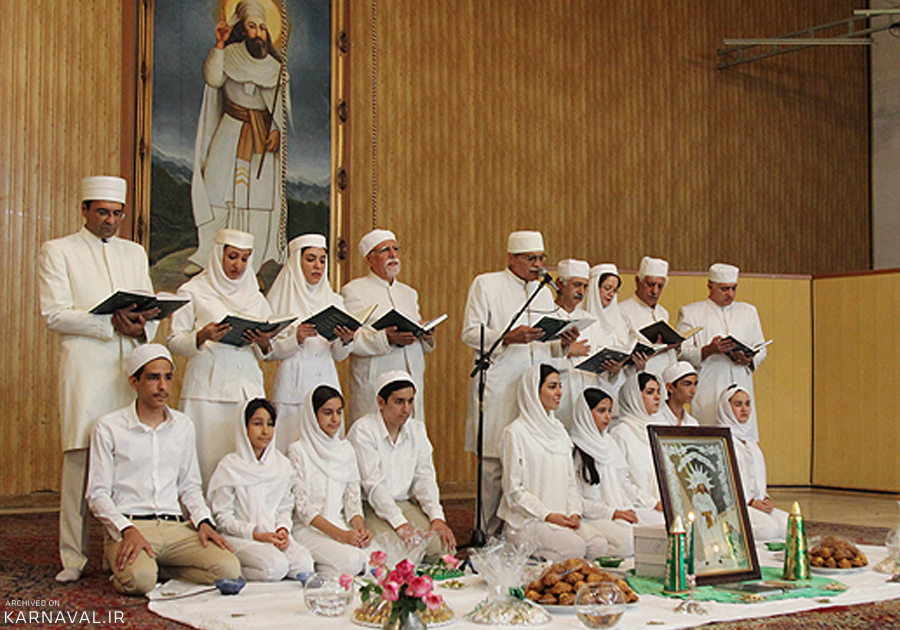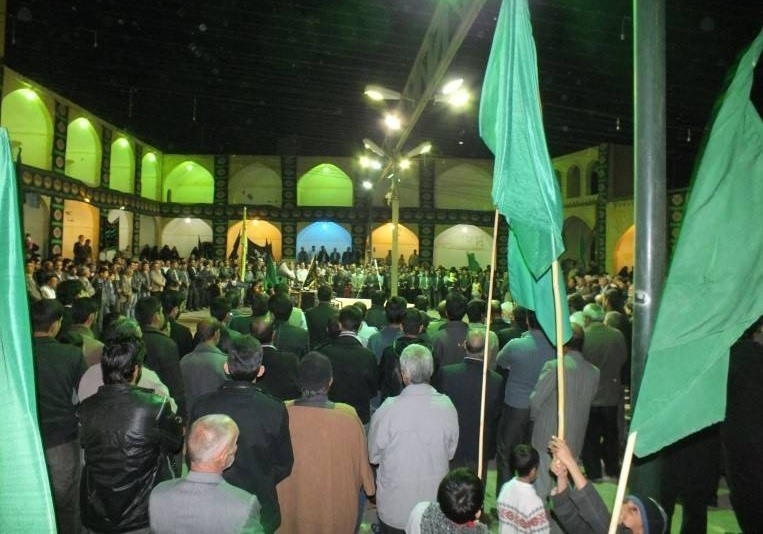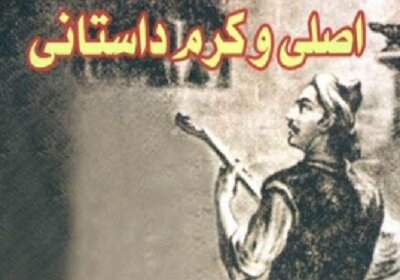
Oral Culture of the Grand Bazaar of Tehran
After being chosen as the capital of the Qajar dynasty in March 1785 AD, Tehran, the history of which goes back centuries before the Qajar rule, began to develop as an important city. This city houses some buildings from the era of Shah Tahmasp I (16th century AD) and even before that, from the Seljuq and Ilkhanate eras (11th to 13th centuries AD). One of the oldest sites discovered in this area is a 3,500-year-old graveyard in the Shemiran region. In 2014 the body of a 35-year-old woman was discovered in Tehran’s Molvai Street, who - according to research - had died about seven thousand years ago. Although some experts believed that Tehran was not a permanent settlement region at that time, and this woman had died while passing through this area and, therefore, was buried there, it is certain that Tehran has been one of the main political and social centers of Iran since, at least, a few centuries ago and many economic activities took place in it resulting in the formation of a special oral culture.
Historical Background and Importance of Tehran Bazaar
Presently, Tehran Bazaar is located over an area of 105 hectares, and on average, about 400 thousand people visit it daily. The establishment of this bazaar is attributed to the time of the Safavid king, Shah Tahmasp I.
Due to the close relationship between politics and the economy, important markets and political centers were formed next to each other in the old cities of Iran. In fact, the important old neighborhoods of Tehran were also formed around the Bazaar. Arg neighborhood, Bazar neighborhood, Darkhungah, and Oudlajan were formed on four sides of the Glubandak intersection, which was the central point of Tehran Bazaar.
Even though Tehran Bazaar is famous for its economic status, it has certain significant cultural aspects, too, and due to people’s constant interactions with it, is considered a social institution.
The Cultural Position of Tehran Bazaar
Tehran Bazaar has spectacular and attractive aspects, which include the busy mornings that begin with the presence of traders in their shops, even before sunrise, the presence of people in it since early morning, and the types of transactions that take place. It is a custom among the traders to start their business by reciting Surah Al-Fatiha and praying for the souls of the departed ones. Raising the shutters of the shop is always done with the remembrance of God Almighty and the shopkeepers ask God for help to start a prosperous day. At the beginning of the morning, the traders of Tehran bazaar greet each other and their good relations continue until the end of the working day. Before the expansion of the city of Tehran, the houses of the traders were located at the closest distance from their shops or chambers.
Contrary to what is stated in modern economic texts, traders of Tehran Bazaar do not seek to maximize their profit, and when they have gained a suitable profit, they send new customers to other shops so that they can also sell their products and goods. and make a profit. One of the customs of the Tehran Bazaar is the transfer of the profession to the next generations, i.e. the shop owners teach their children how to engage in trade and then entrust their chambers to them to handle the affairs.
Dealing with customers fairly and open-mindedly is one of the social etiquettes, which are practiced by the traders of the Tehran Bazaar. These behaviors are due to the religious beliefs of the traders. In the past, before coming to work, traders would attend the lectures of religious scholars in mosques and study a book called “Makasib”, which explains the religious rules of trading.
During the Qajar era, bazaars were so important that many rituals were held there. For example, during Muharram, the royal family would go to the bazaar mosque to join the mourning programs. Muharram mourning is still one of the cultural components of the Tehran Bazaar during which, in addition to wearing black, the traders start their work later so that the mourning ceremony can be held at the beginning of the day. The closing of the Tehran Bazaar from the 7th of Muharram to the third day of Imam Husain’s martyrdom is a custom that has been practiced for centuries.
In the past, certain special institutions, such as caravanserais were formed to handle economic relations with other cities. Today, there are several caravanserais such as the “Caravanserai of Khansaris” or that of “Yazdis” in the Tehran Bazaar, which shows that the people of these regions used to be in constant trade relations with it.
It is a custom among the traders to start their business by reciting Surah Al-Fatiha and praying for the souls of the departed ones, to ask God for help to start a prosperous day, and to greet each other.
| Name | Oral Culture of the Grand Bazaar of Tehran |
| Country | Iran |
| State | Tehran |
| City | Tehran |
| Type | National |
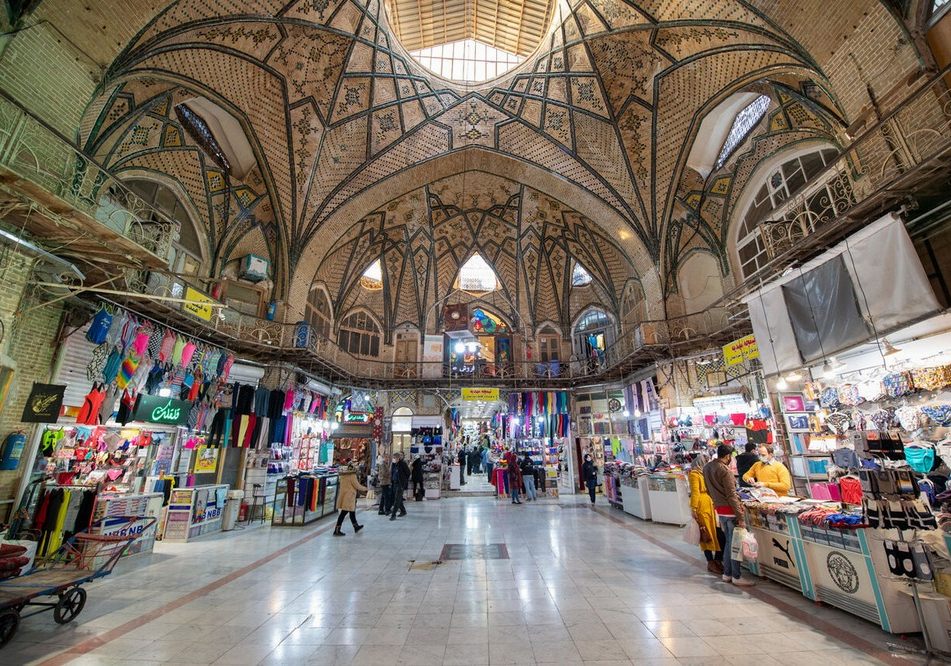
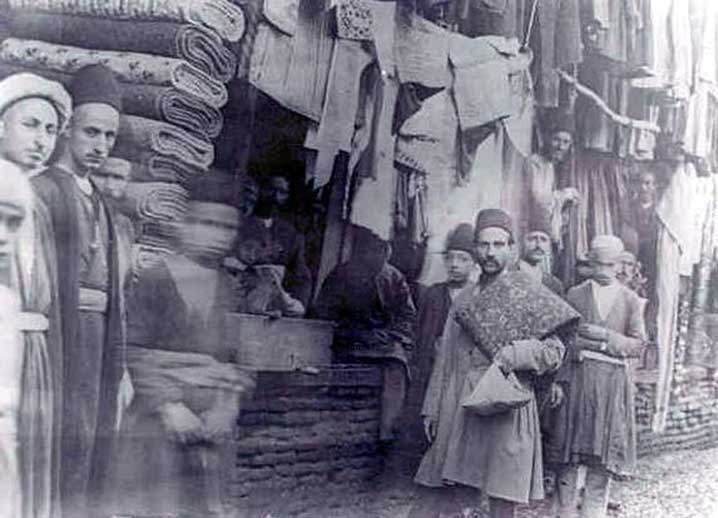
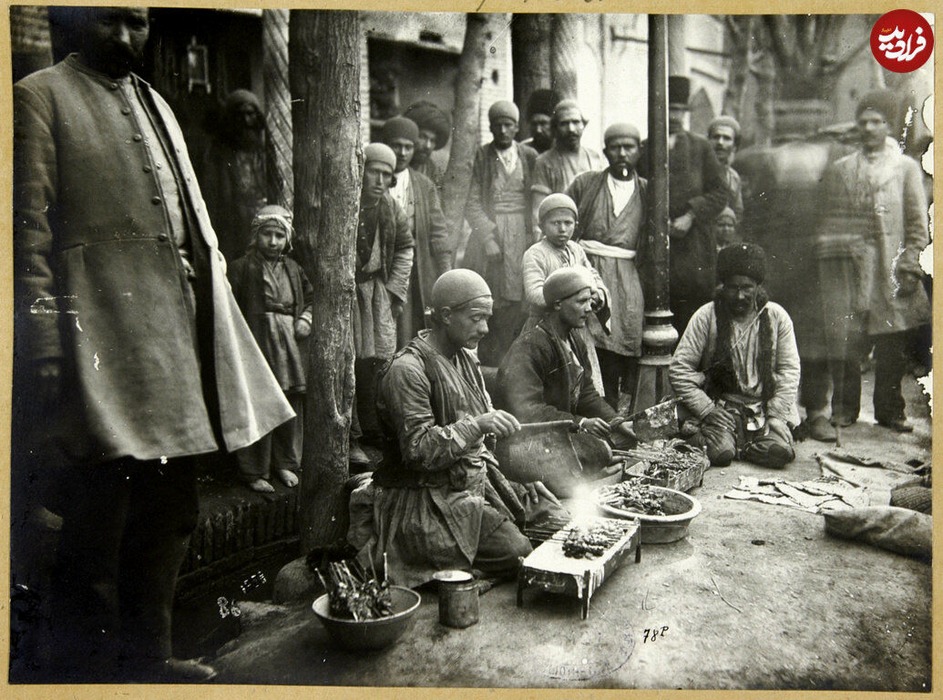
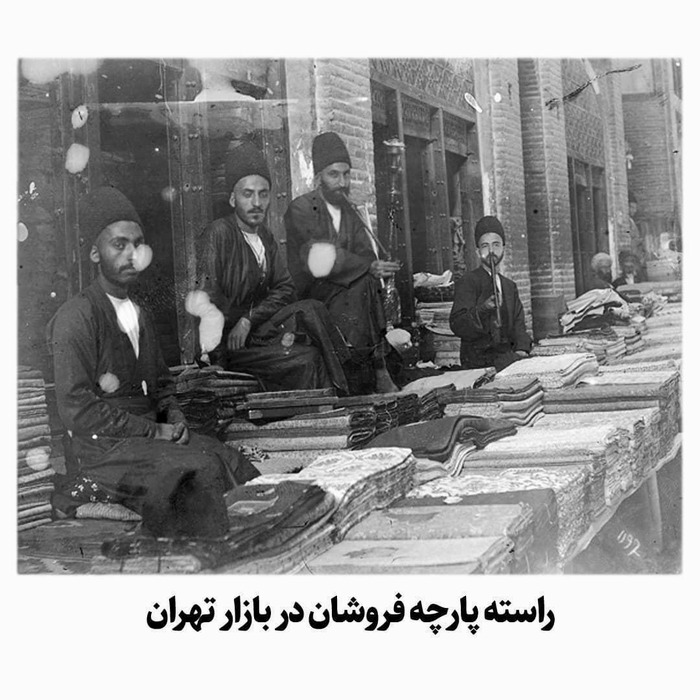
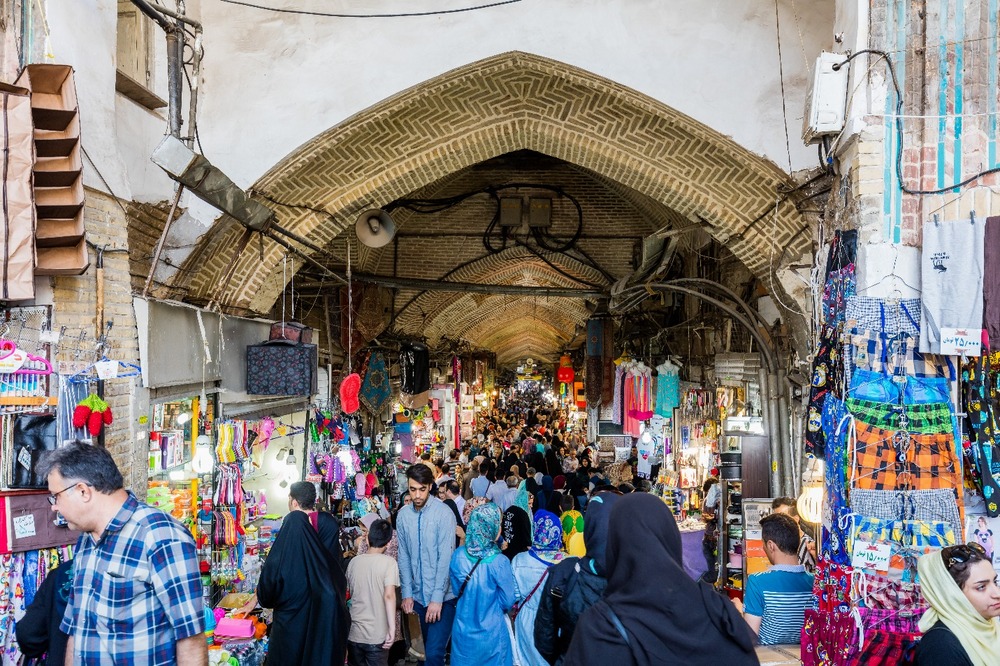





Choose blindless
Red blindless Green blindless Blue blindless Red hard to see Green hard to see Blue hard to see Monochrome Special MonochromeFont size change:
Change word spacing:
Change line height:
Change mouse type:
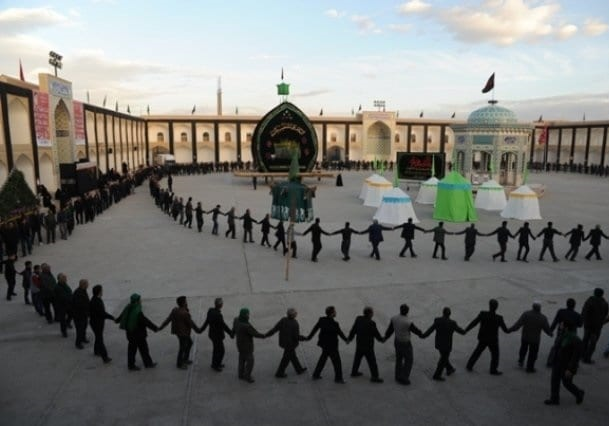
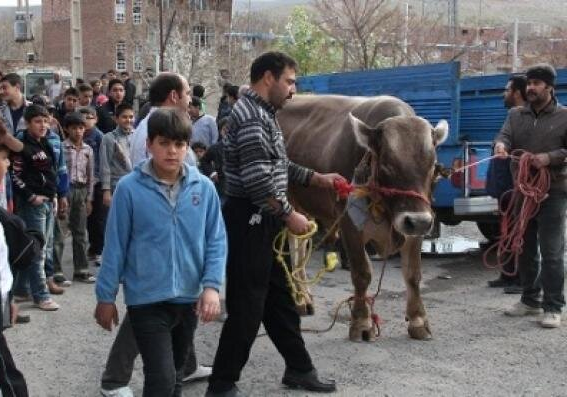
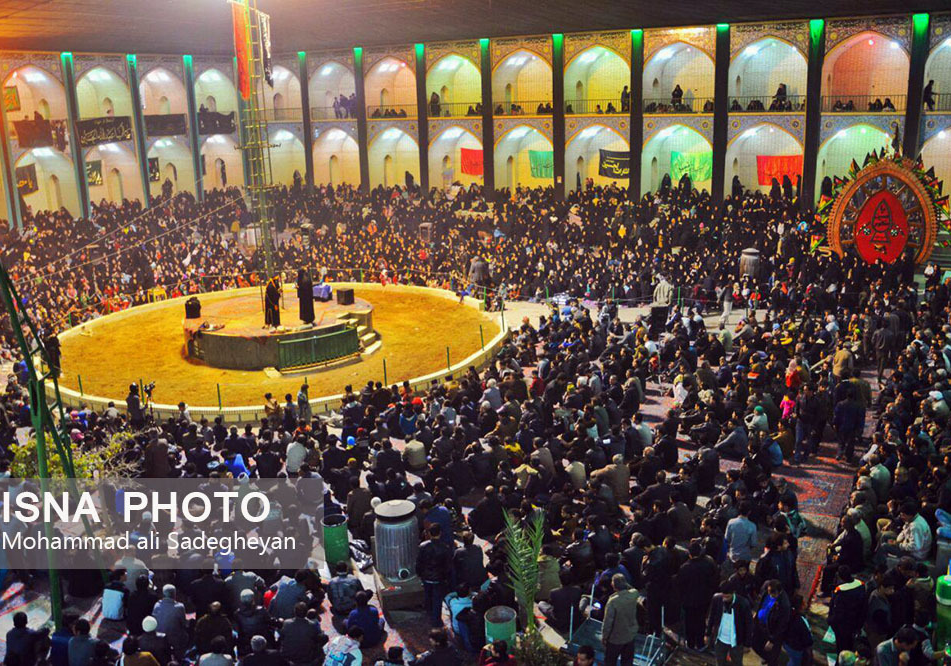
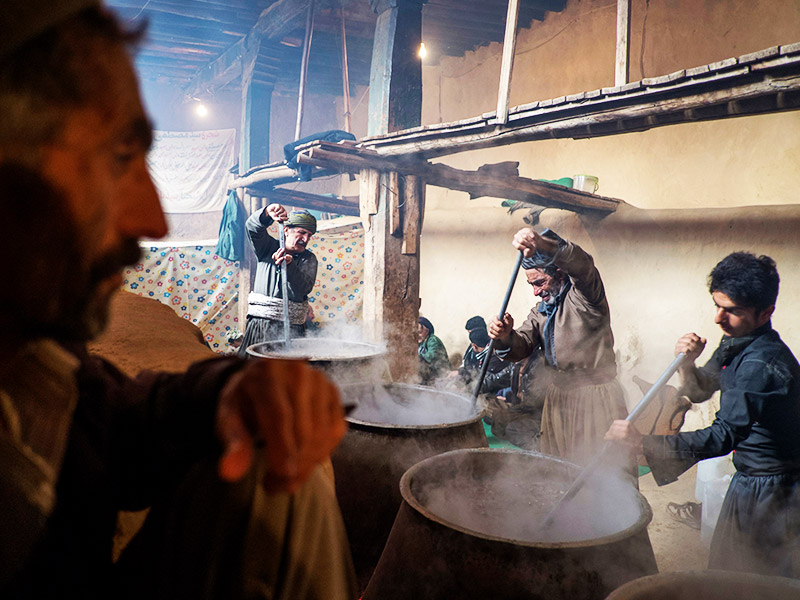

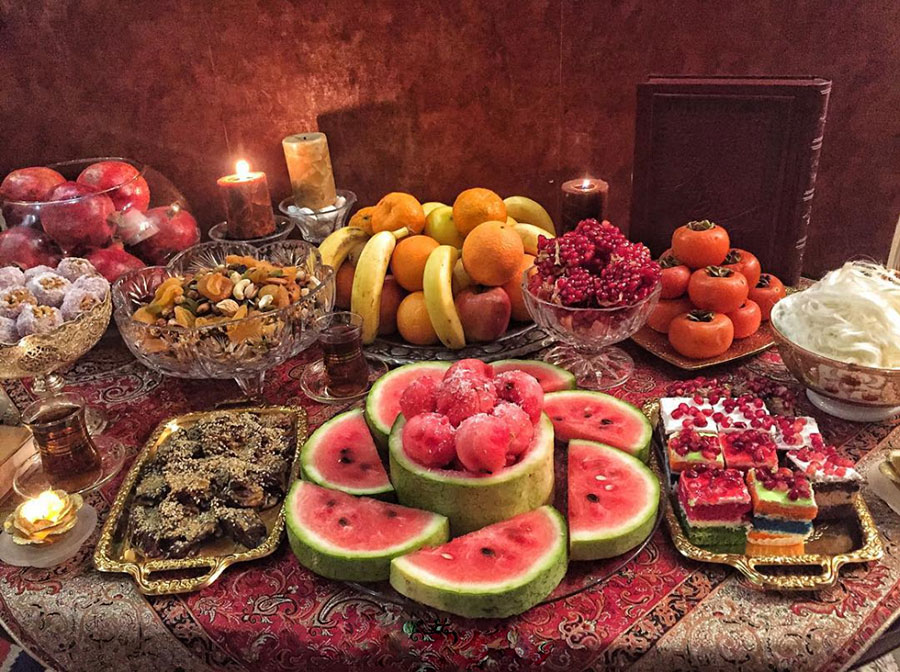
-5-th4_3.jpg)
